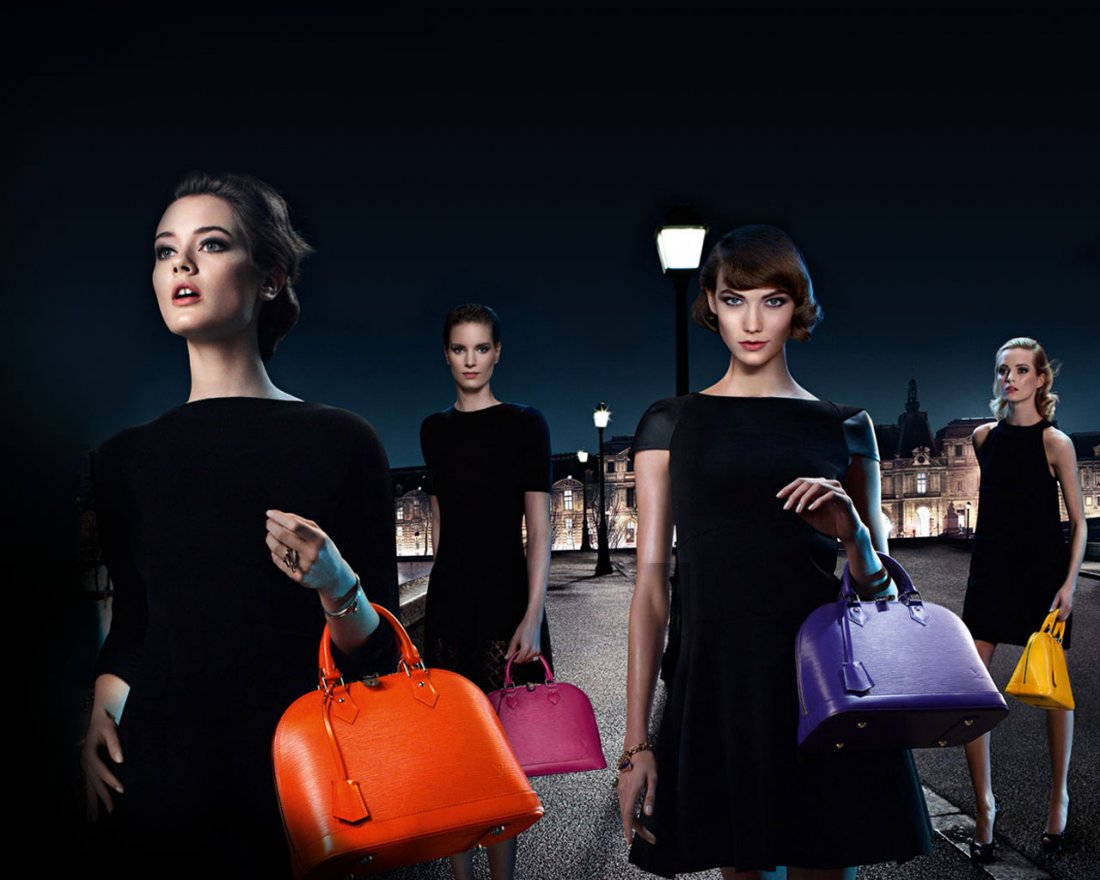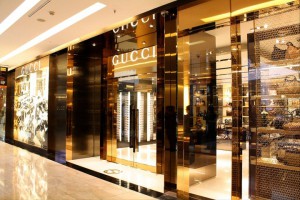The ASSOCHAM India Luxury Summit (ILS) 2014, held recently in Delhi, was themed around the adage: ‘Believe in India’.
High profile delegates examined the problems that the Indian luxury industry is facing and what needs to be done to tackle that: Among the points that come up for discussion were the strategies required to succeed in the Indian market. The summit also showcased successful Indian Brands and their global strategies.
Among the various points of discussions and findings:
Various International brands envision the Indian market as a significant part of their portfolio tomorrow and Indian luxury brands are beginning to foray into the overseas markets.
According to industry estimates, luxury in India is poised to grow by 21 per cent over the next three years though estimates of the market size across all subsectors of luxury including products, services and assets seem to differ amongst industry stalwarts.
Recent reforms permitting 100% FDI in single brand retail and 51% FDI in multi brand retail are testimony to the gradual acceptance and realization of the importance of sustaining the luxury industry in India.
Most brands still prefer the joint venture route of entry due to complex market conditions as well as the sourcing clause attached to the norm requiring all firms to source 30% locally. This has proved to be a bottleneck for a lot firms eager to operate ‘wholly owned’ operations in India since they believe that the essence and legacy of their brands lies in the country of production.
Gucci Store, Mumbai
Though the potential for growth remains strong there still exist some challenges that we need to overcome for smooth transition of India as a prime destination for luxury goods.
Among the challenges the industry is likely to face:
Infrastructure: The Indian retail space has not been able to keep up with international standards in terms of providing a befitting environment for Indian and international luxury brands. Dearth of high street and super premium malls, high rentals and poor infrastructure are the key requisite elements that need to be addressed for a comprehensive luxurious experience.
Prevalence of a grey market: Corrective measures need to be taken to tackle the grey market in India which results in a sizeable loss in revenue for luxury companies. A stronger legal structure combined with effective framework of IP protection and enforcement will help prevent dilution of brand equity and reduced consumer trust in brands.
Counterfeit luxury goods market: Industry estimates suggest that the counterfeit luxury goods market in India will double to Rs 5,600 CR by 2015 unless corrective actions are taken to lock down their emergence. Measures in the form of effective intellectual property enforcement, plugging loop holes in the legal and judicial structure and higher conviction rates can help curb this growth.
Shortage of skilled labor: A major cause of concern is shortage of skilled labor since it becomes difficult to make the local workforce understand the heritage & legacy of the brand as well as the specific finishes involved in the manufacturing process. In the absence of these requisite skill sets, brands have no option but to manufacture in their country of origin. Lack of skilled labor can also be attributed to the sales function where presentation and interpersonal skills form an integral element for the business.
High duties: Though duties have been gradually decreasing, they are still relatively high and manifold ranging from customs’ duty, counter veiling duty (CVD), special additional tax (SAD), education cess that is added to the landed cost. Moreover, luxury retail is particularly affected by the “Maximum Retail Price” system since it applies to custom duties and to the cascading “after-the-custom” taxes, heavily penalizing foreign producers by increasing their overall entrance costs up to 30-40%.
armani fashion
Emporio Armani, India
There is, of course, a way forward. Among the solutions offered:
Despite challenges, international brands are fast evolving and learning ways to adapt within the environment. Luxury brands are getting accustomed to the nuances of the Indian market by understanding and appealing to the cultural identity of their consumers. Cues can be taken from the sarees introduced by Hermes as well as the Nawabi suits introduced by Canali.
The Indian consumers deem luxury as an overall experience more than a material possession.
Exploiting this notion, we now see new verticals added to the domain of luxury including luxury concierge services and travel and tourism.
The business of luxury experiences is not restricted to just exclusive safaris and spas but has permeated into the interiors and high-rise home segment, with apartments designed by the likes of Armani. Be it customizing a luxury yacht or having 24/7 concierge ready to pander to every whim, the luxury consumer is willing to spend if the final offering is unique, exclusive and memorable.




